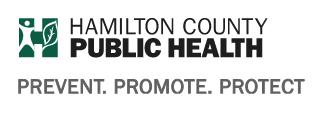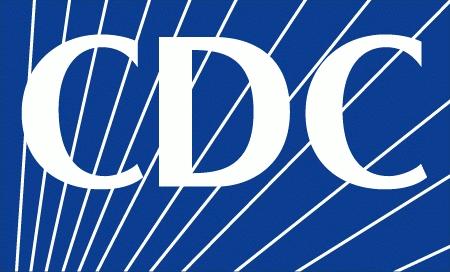
Coronavirus (COVID-19) information
March 8, 2022
Superintendent's email addresses school virus policy
There are many ways your actions can help protect you, your household, and your community from severe illness from COVID-19. CDC’s COVID-19 Community Levels provide information about the amount of severe illness in the community where you are located to help you decide when to take action to protect yourself and others.
If you have COVID-19, you can spread it to others, even if you do not have symptoms. If you have symptoms, get tested and stay home until you have your results. If you have tested positive (even without symptoms), follow CDC’s isolation recommendations. These recommendations includes staying home and away from others for at least 5 days (possibly more, depending on how the virus affects you) and wearing a high-quality mask when indoors around others for a period of time.
March 3, 2020
CDC School Updates
Schools and early care and education (ECE) programs are an important part of the infrastructure of communities as they provide safe, supportive learning environments for students and children and enable parents and caregivers to be at work. Schools and ECE programs like Head Start also provide critical services that help to mitigate health disparities, such as school lunch programs, and social, physical, behavioral, and mental health services. This guidance can help K-12 schools and ECE programs remain open and help their administrators support safe, in-person learning while reducing the spread of COVID-19. Based on the COVID-19 Community Levels, this guidance provides flexibility so schools and ECE programs can adapt to changing local situations, including periods of increased community health impacts from COVID-19.
K-12 schools and ECE programs (e.g., center-based child care, family child care, Head Start, or other early learning, early intervention and preschool/pre-kindergarten programs delivered in schools, homes, or other settings) should put in place a core set of infectious disease prevention strategies as part of their normal operations. The addition and layering of COVID-19-specific prevention strategies should be tied to the COVID-19 Community Levels and community or setting-specific context, such as availability of resources, health status of students, and age of population served. Enhanced prevention strategies also may be necessary in response to an outbreak in the K-12 or ECE setting. This CDC guidance is meant to supplement—not replace—any federal, state, tribal, local, or territorial health and safety laws, rules, and regulations with which schools and ECE programs must comply.
Schools and ECE programs play critical roles in promoting equity in learning and health, particularly for groups disproportionately affected by COVID-19. People living in rural areas, people with disabilities, immigrants, and people who identify as American Indian/Alaska Native, Black or African American, and Hispanic or Latino have been disproportionately affected by COVID-19. These disparities have also emerged among children. School and ECE administrators and public health officials can promote equity in learning and health by demonstrating to families, teachers, and staff that comprehensive prevention strategies are in place to keep students, staff, families, and school communities safe and provide supportive environments for in-person learning. Reasonable modifications or accommodations, when necessary, must be provided to ensure equal access to in-person learning for students with disabilities.
Though this guidance is written for COVID-19 prevention, many of the layered prevention strategies described in this guidance can help prevent the spread of other infectious diseases, such as influenza (flu), respiratory syncytial virus (RSV), and norovirus, and support healthy learning environments for all. The next section describes everyday preventive actions that schools and ECE programs can take.
Important information
Concern or question?
Student and staff safety is our top priority. If you have a question, concern or comment about any health or safety issue, please let us know.

Additional resources
Provided by the U.S. Centers for Disease Control and Preventions

This site provides information using PDF, visit this link to download the Adobe Acrobat Reader DC software.

